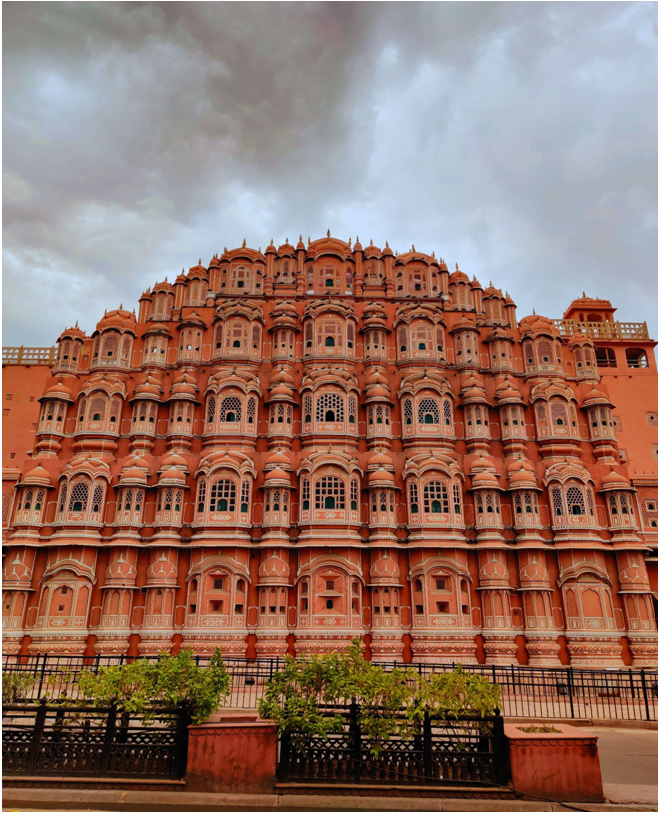Jaipur emerged as a leading centre for stone craft over two centuries ago and the location of the city had a great part to play in its evolution. Marble was procured from quarries in Makarana, Dungarpur, and Dausa, among others which were all traditionally leading centres for high-quality stone. Over the years, many craftspersons from other regions in Rajasthan have migrated to Jaipur purely because it offers good facilities, transportation, and a better market for finished products. Stonecraft is primarily a family enterprise with the older generation of craftspersons training new craftspersons in an informal manner.
Although there are many historic buildings and contemporary construction sites in and around Jaipur that are employing stonemasons and craftspersons, most of the building elements are not produced in Jaipur but are sourced from nearby clusters such as Sikandra and Makrana
One of the most common elements used in architectural heritage is lime. Lime is a very resistant and versatile building material used in India since antiquity. Rajasthan is one of the sites that created a traditional knowledge system that helped diversify the use of limestone in construction. The lime crafts of Jaipur include moulding, plasterwork and other decorative architectural elements. The lime crafts resemble the stone crafts closely, with elements such as jaalis or decorative lattice screens, railings and parapet detailing.
Before use lime is calcinated in high-temperature kilns and then ground and packed in cloth to be transported on-site. Lime mortars are created by further adding additives to this mixture like sugar, jaggery to name a few.
Sandstone is another extremely versatile material found abundantly in Rajasthan. The sandstone from the region is of high quality with uniform grain size, assuring a good run making it popular all over the country. An exquisite example of sandstone jaali can be seen in Hawa Mahal, with windows having sandstone grills. These perforated screens help keep the room breezy while adding to the visual appeal of the area. Jalis are often geometrical patterns that were developed further in the Mughal period. This was the time when the designs become even more elaborate with the use of floral motifs often centred around a panel of inlaid semi-precious stones.

